The Puccini House Museum in Torre del Lago is a place of memory and emotion that evokes the life, passions and immortal art of the great composer.
Giacomo Puccini first came to Torre del Lago in 1891 to spend the summer and rented a tower house on Lake Massaciuccoli. He fell so much in love with the enchanted atmosphere and tranquillity of the small village that he decided to buy the house.
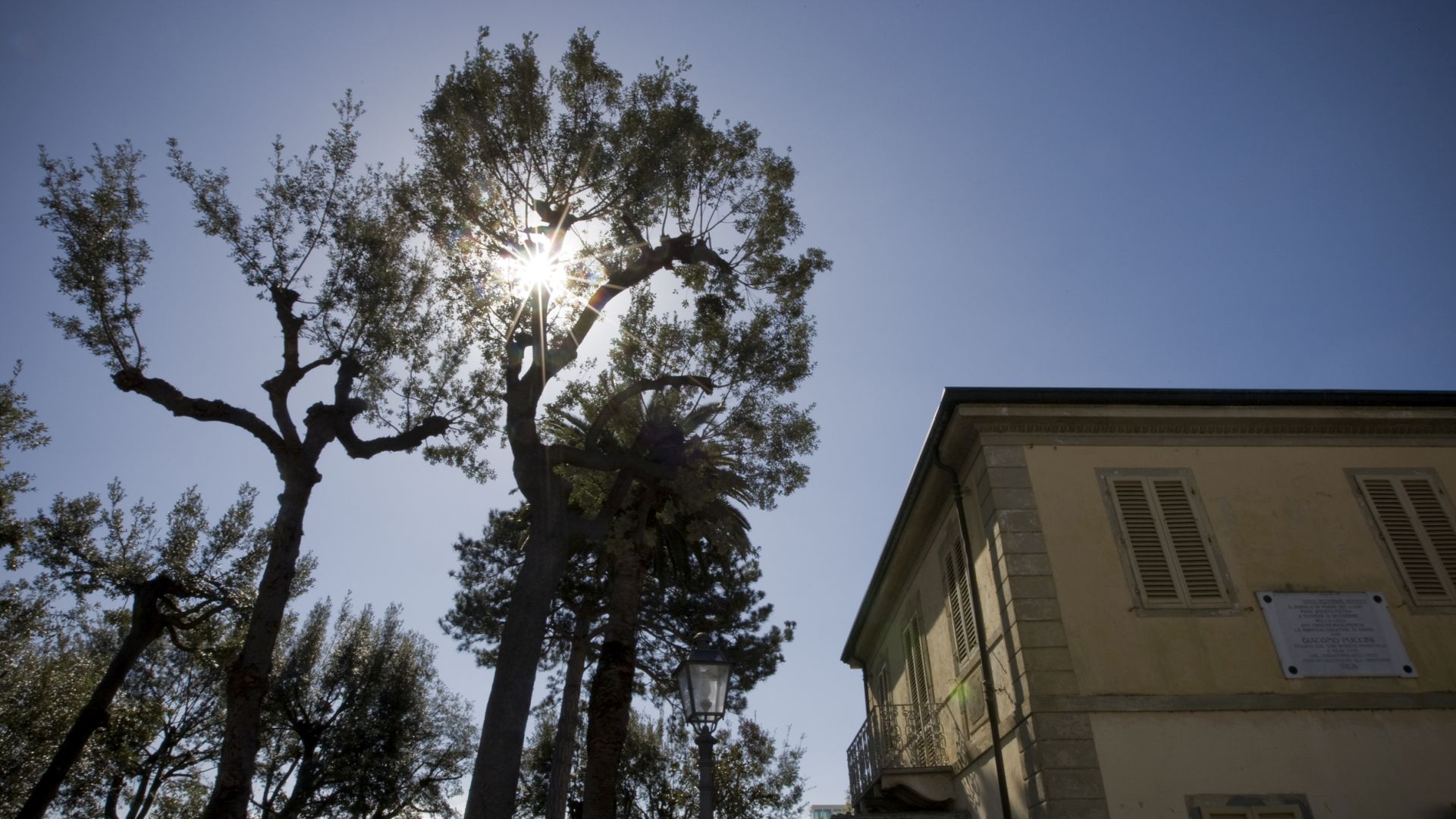
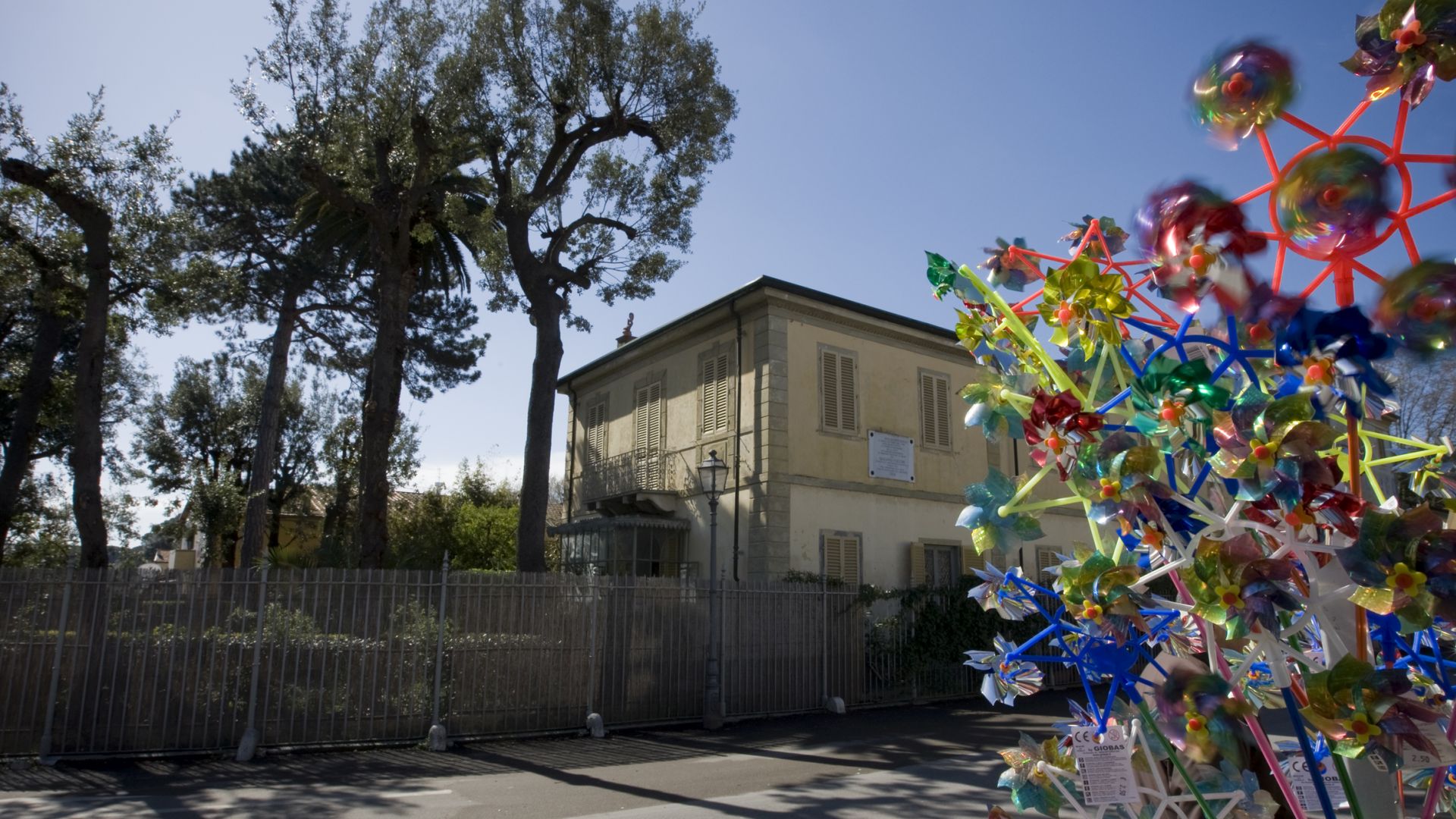
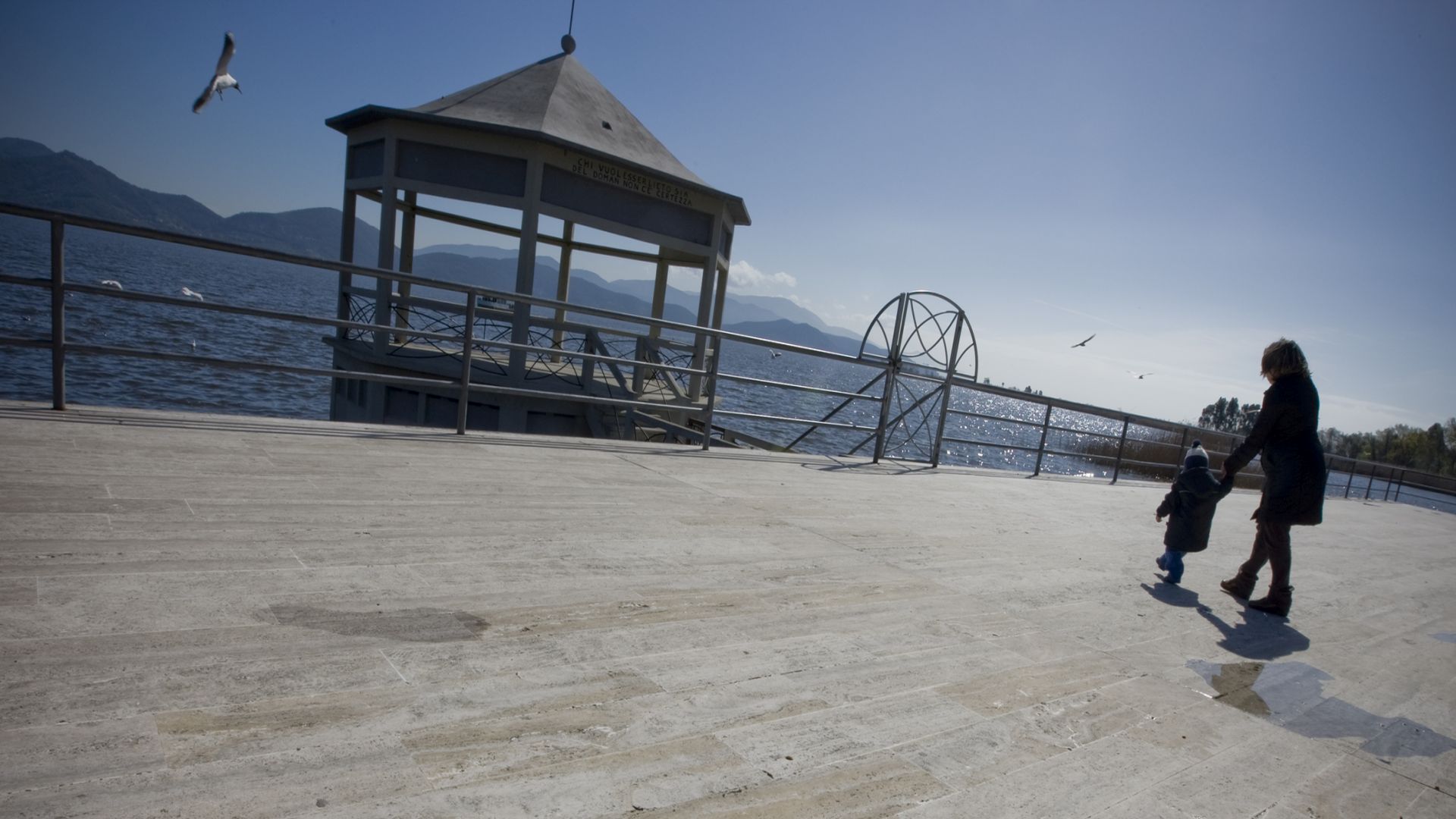
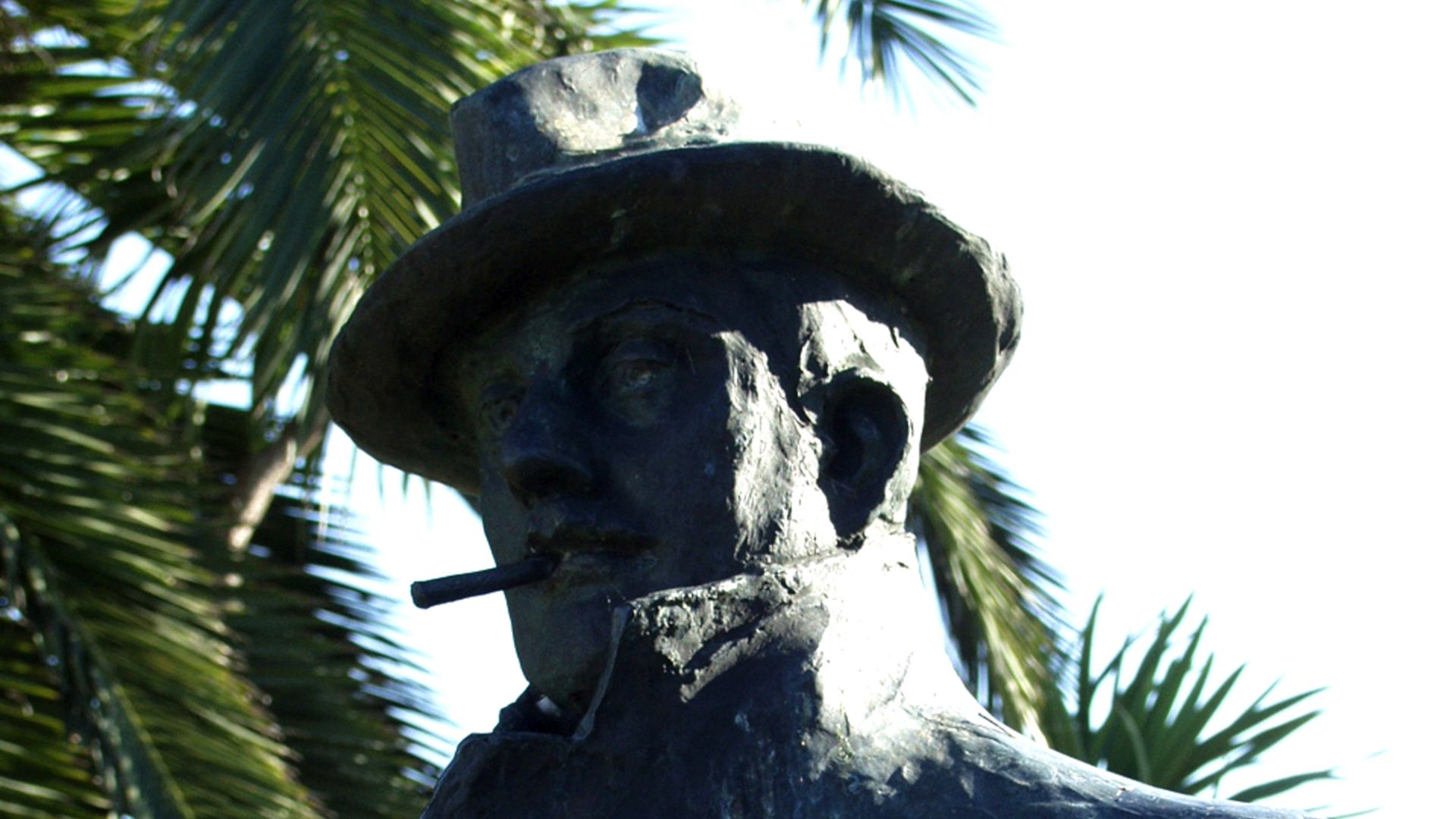
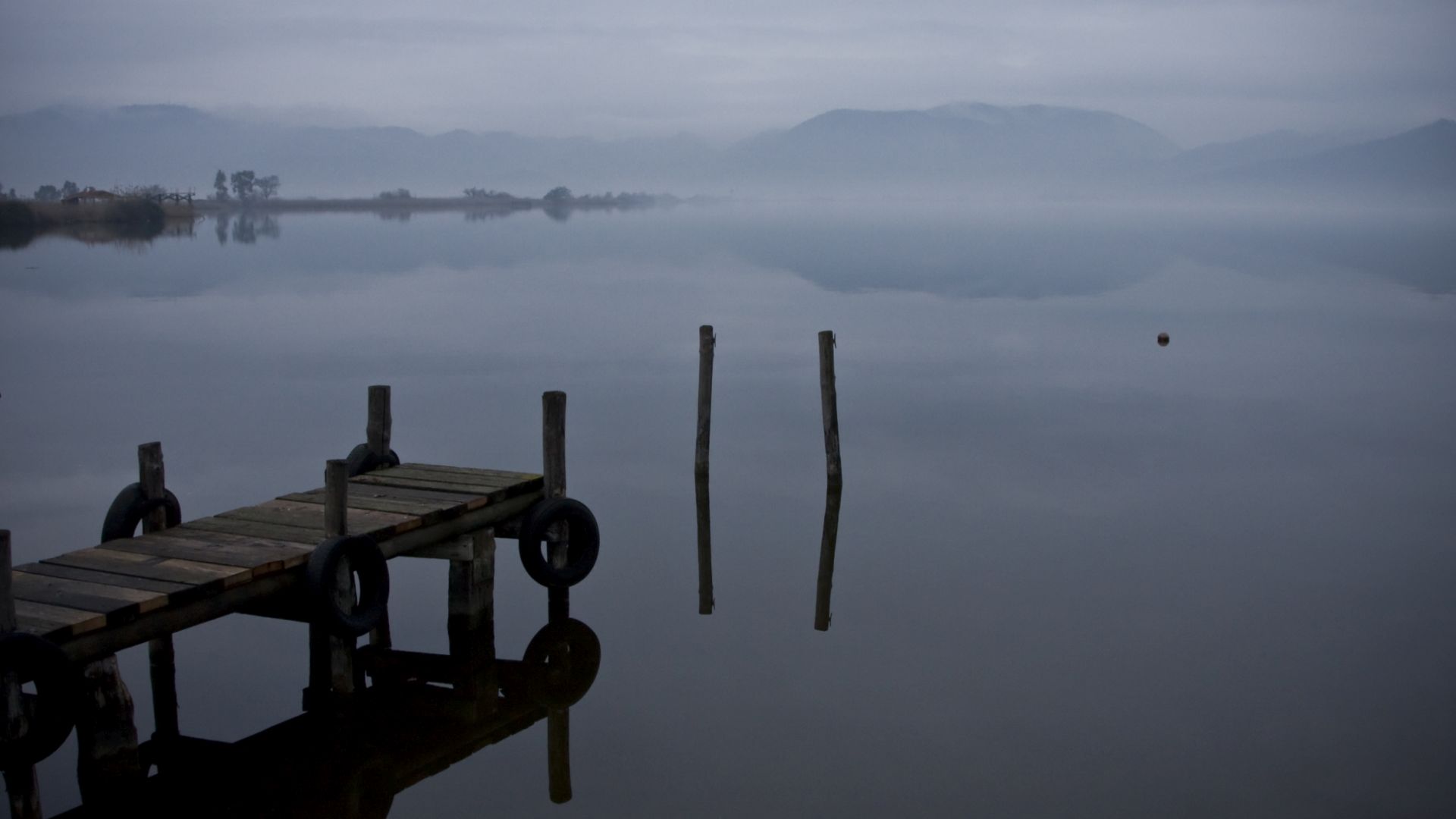

CONTACTS
ADDRESS: Viale Giacomo Puccini, 266 Torre del Lago Puccini
TEL: 0584 341445
E-MAIL: villamuseo@giacomopuccini.it
WEB: giacomopuccini.it
This is how he described Torre del Lago in a letter to his friend Alfredo Caselli: ‘supreme bliss, paradise, Eden, empyrean, turris eburnea, spiritual source, royal palace... inhabitants 120, 12 houses. Peaceful, luxurious country and extraordinary sunsets...’.
For the Maestro, Torre del Lago was the place he chose as a refuge where he could work in serenity and relax with his great passions, surrounded by wild and luxuriant nature: hunting and fishing in the company of excellent friends, including the Macchiaioli painters Ferruccio Pagni, Francesco Fanelli and Plinio Nomellini.
After the purchase, the old tower-house was demolished and rebuilt with the appearance of a typical late 19th-century bourgeois villa, with the pond that originally washed the driveway around the garden gate. Puccini himself participated in the renovation with architects Luigi De Servi and Giuseppe Puccinelli, while the interior pictorial decorations are the work of Plinio Nomellini.
A two-storey Art Nouveau building, simple and elegant, embellished by an enclosed iron and glass balcony connecting the main entrance to the small garden. The latter has retained its original Japanese-inspired look: flowerbeds of irregular shapes and sizes, decorated with curious stones and surrounded by hedges, flowering plants and a large palm tree.
Inside, the rooms have remained intact, with the furnishings and decorations that Puccini himself envisaged.
The bedroom with its large brass bed, dressing table and desk; the living room with the portraits of the Maestro, the funerary mask from Brussels (where he died in 1924), the refined screen donated from Japan and the precious Forster piano, on which he composed some of his most famous operas in this very house: Tosca, Madama Butterfly, La fanciulla del West, La Rondine, the Trittico.
On display in the veranda, the manuscript room and the kitchen are objects of daily life, honours and awards from all over the world, paintings by Macchiaioli friends, portraits of friends and collaborators, and handwritten notes after his throat operation.
In the hunting room are rifles, hunting trophies and the much-loved boots.
On the ground floor, in the small, simple chapel that architect Pilotti dug out of a room, the remains of the composer and his family have been preserved since 1926.
